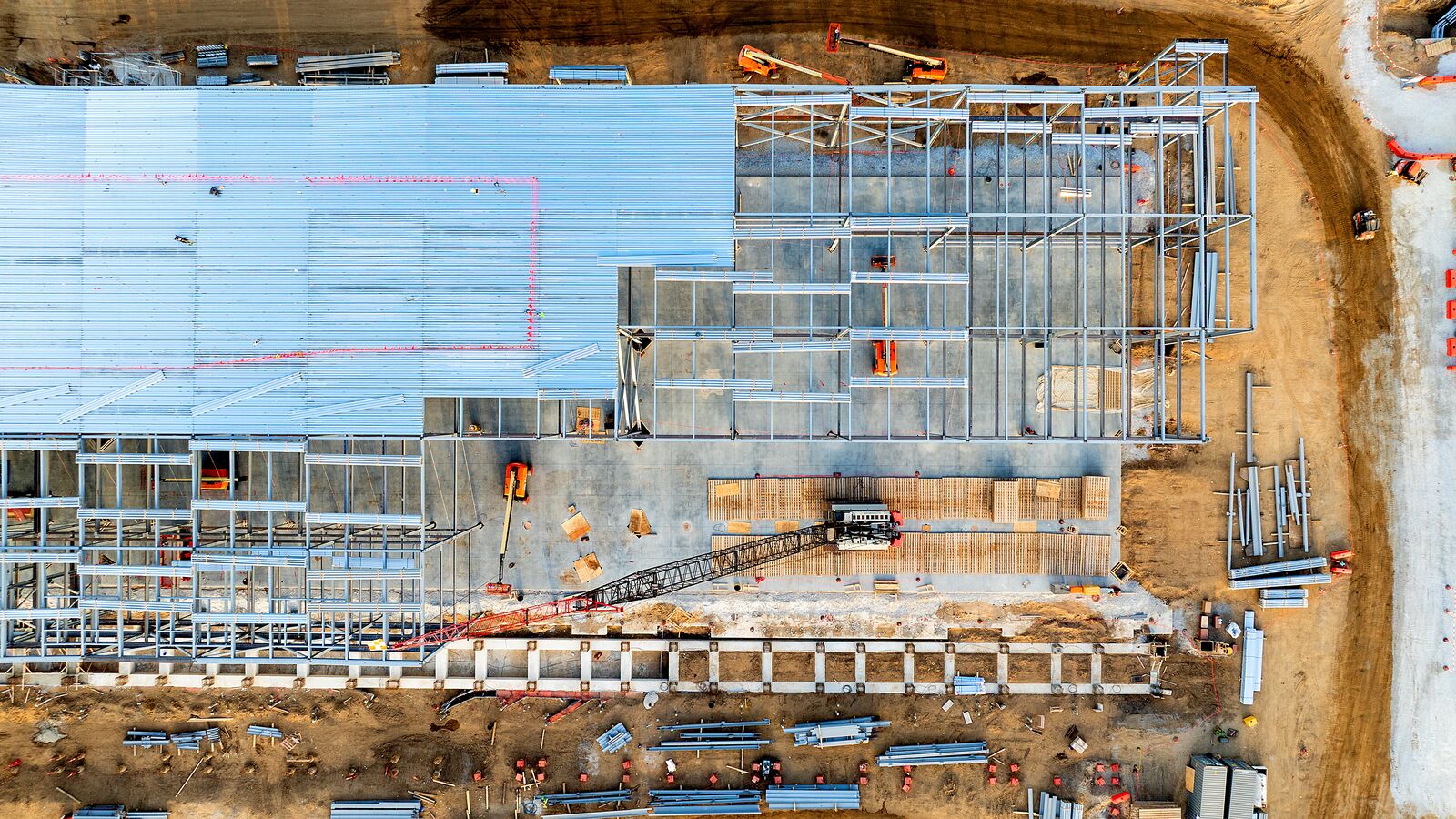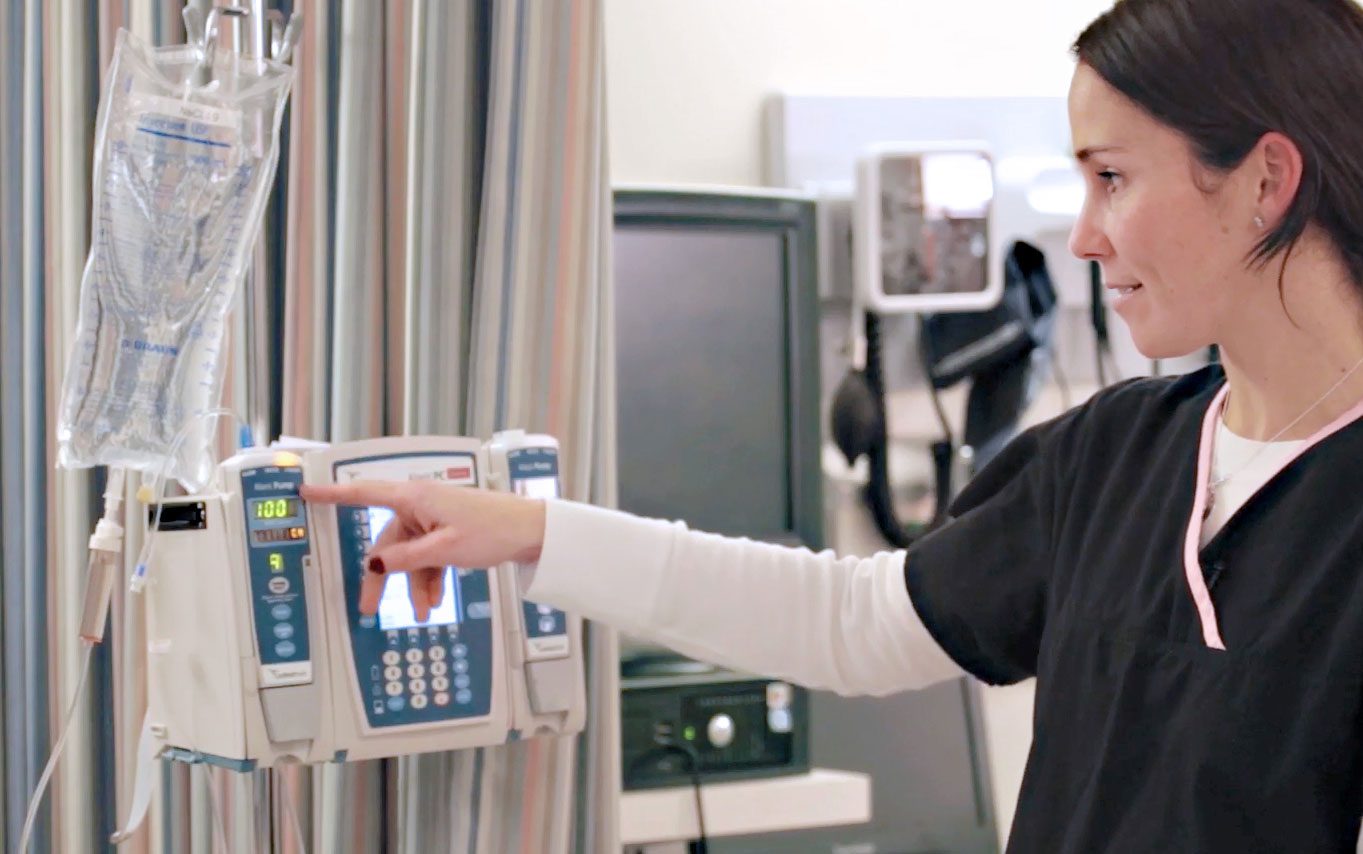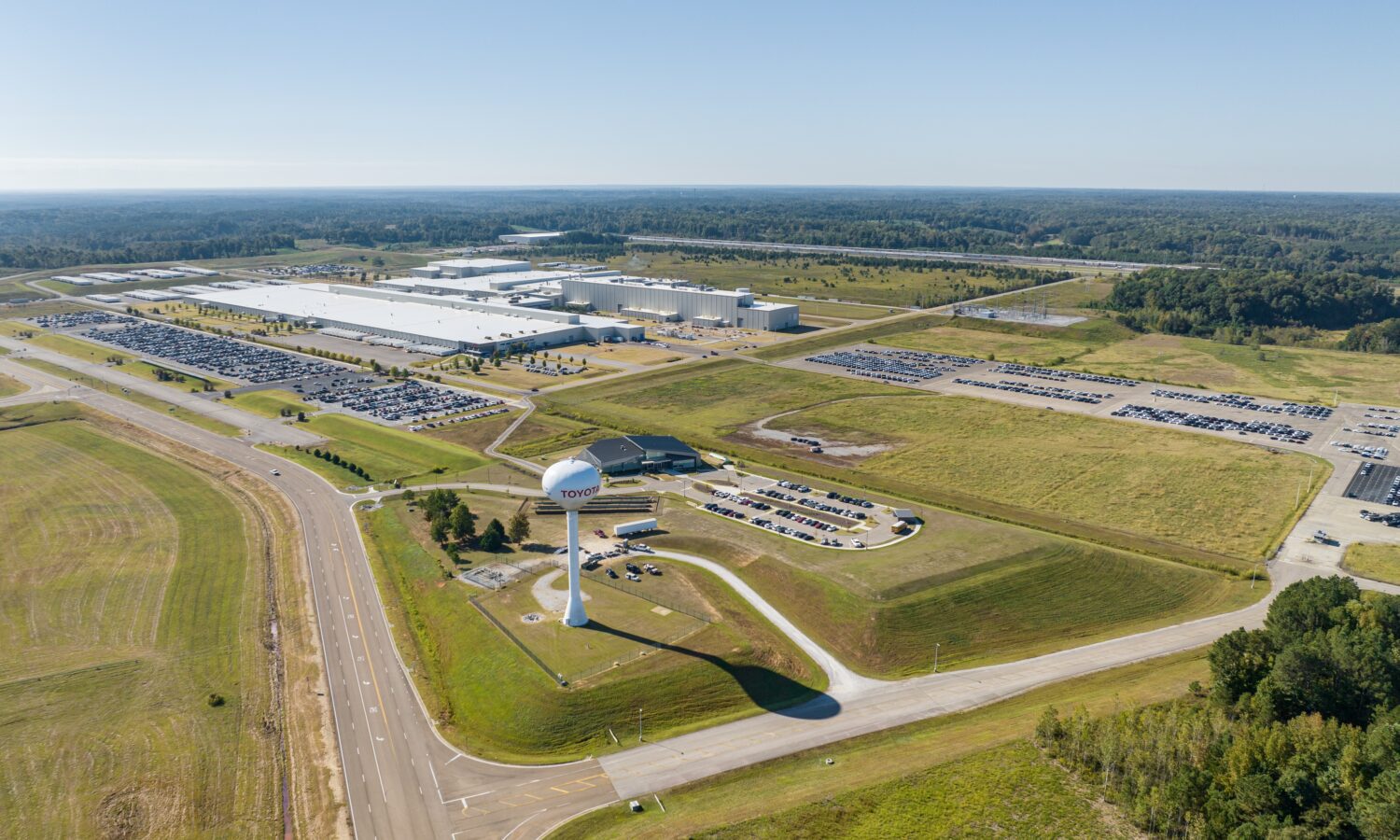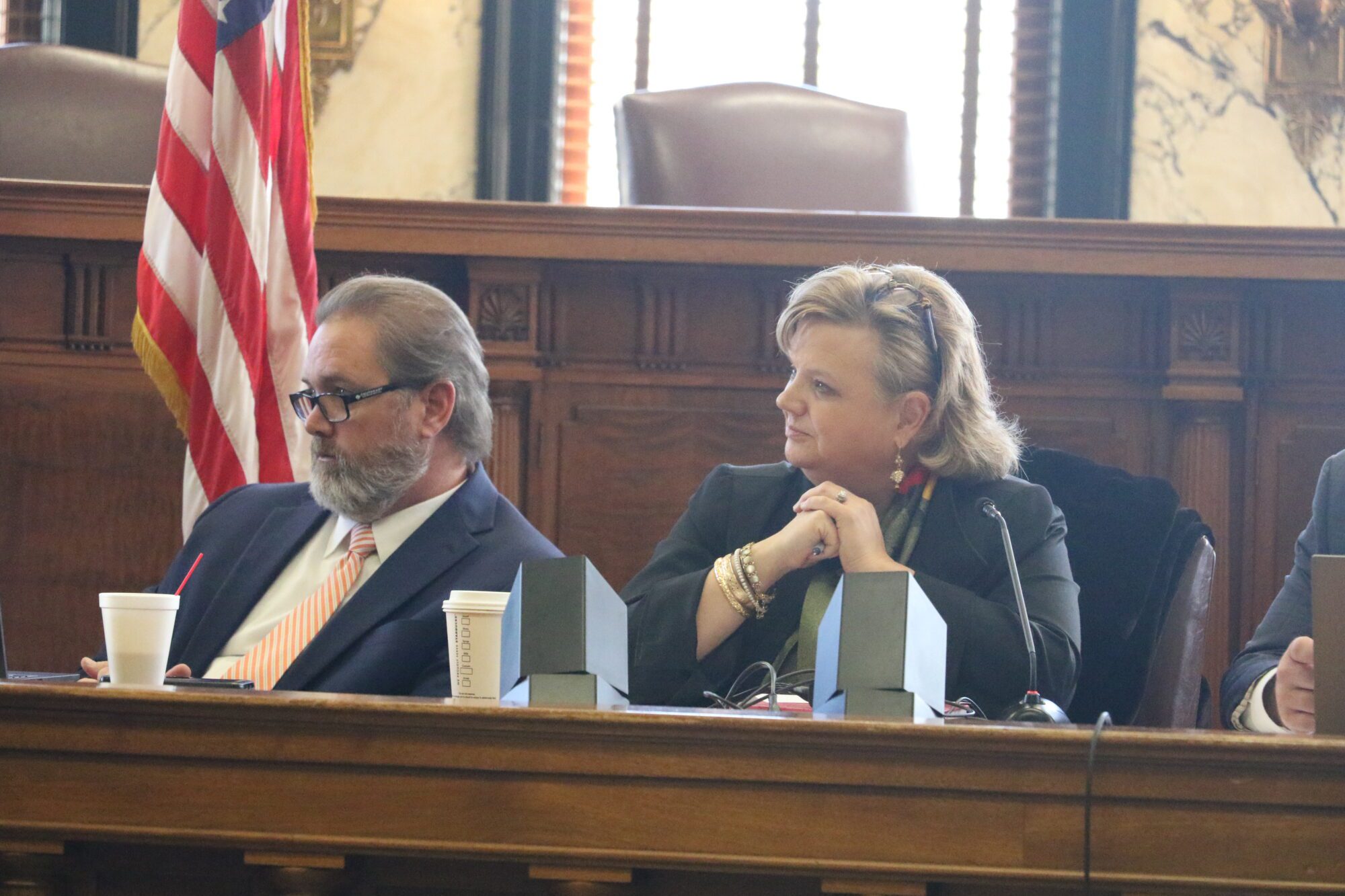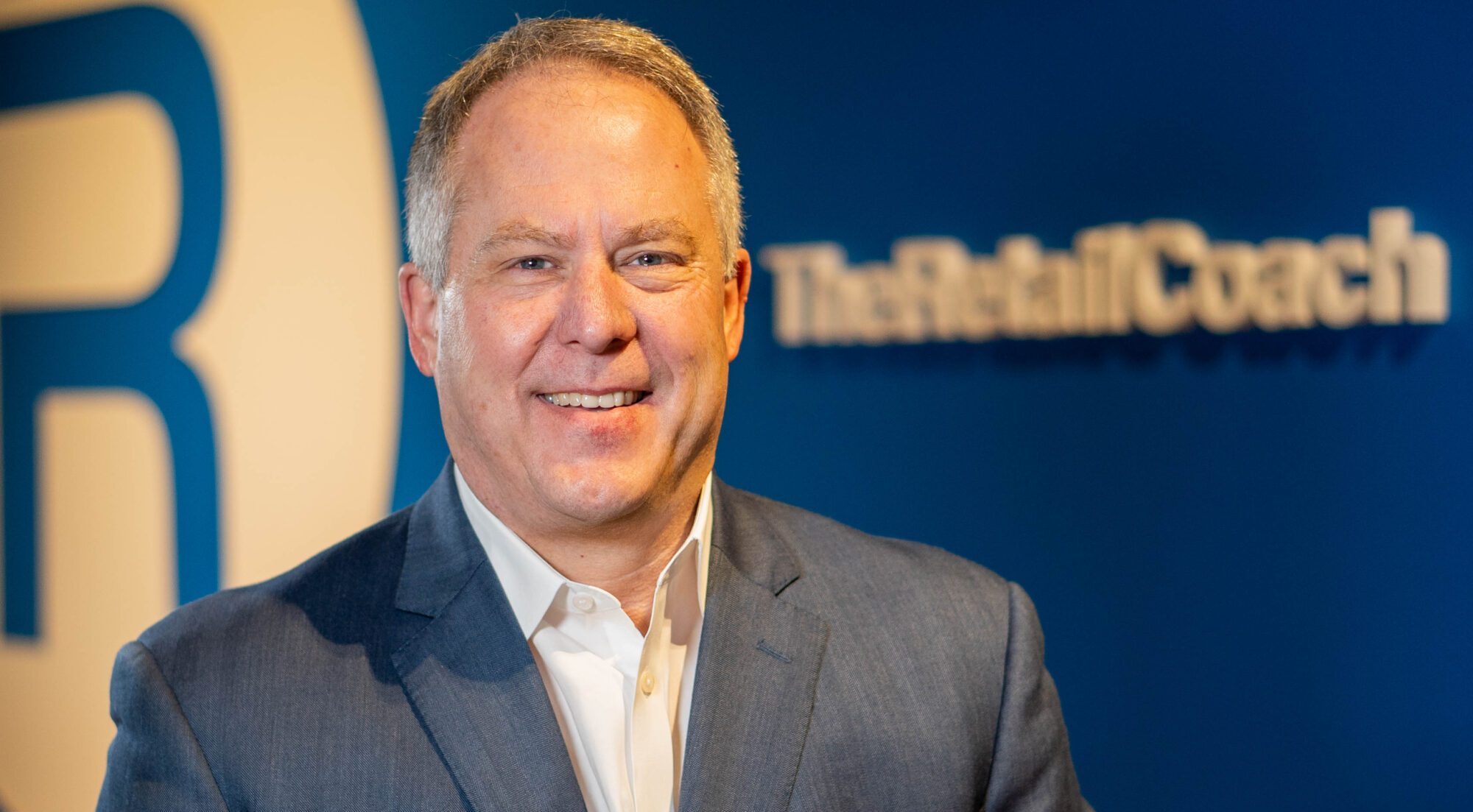
- Kelly Cofer says, “Brick-and-mortar is far from dead.” Learn why the Magnolia State has trouble recruiting big retail.
After a downward trend that gave pause to many retailers, brick-and-mortar is making a comeback. Successful retailers are shifting their business models to adapt to the ever-evolving needs of consumers. “Experience it before you buy it,” is a practice consumers cannot duplicate online. Retailers are integrating emerging technologies. For example, if you have a store app, you’ll probably get an instant discount on something. Retail wellness is on the rise, as is family-friendly “eatertainment.” Retailers are teaming up with complementary brands to create one-stop destinations. And mixed-use retail developments are trending in metropolitan areas.
The National Retail Federation, pointing to a Momentive survey, predicts retail is heading to a “hybrid” state, combining brick-and-mortar with internet sales. Some 56 percent of those surveyed prefer to shop online and in-store, while 88 percent said it’s important to have in-store and online purchase options.
Where are consumers shopping? Health and personal care stores are seeing the most success, followed by clothing and accessory stores, sporting goods stores, building materials and garden supply stores, and furniture and home furnishings stores, in that order. Electronics and appliance stores are down but may recoup sales.
To discuss retail trends nationwide and in Mississippi, I reached out to longtime collaborator, Kelly Cofer, CEO of The Retail Coach in Tupelo, as he drove the 558-mile trek from Tupelo to Dallas to check on a retail project. Since 2000, Kelly has branched out from developing retail real estate in north Mississippi to serving more than 850 clients in 40 states with a staff of 11, working with superstores including Target, Costco, Kroger, Bass Pro Shops, Academy Sports, and Hobby Lobby.
Between internet sales usurping brick-and-mortar transactions, COVID-19 grinding retail almost to a halt, construction costs soaring, and interest rates high, it seemed the industry was certainly doomed.
Brick-and-mortar is far from dead. We were in Las Vegas in May at the large ICSC Las Vegas trade show with probably 30,000 people. In light of the economy, inflation, and construction costs being through the roof, everybody was incredibly positive. We took that as a sign that the remainder of 2024, and then after this election, 2025 is going to be a really strong year. The retailers and restaurants we work with, and developers we’ve met with, are quite bullish on the outlook.
Who hires you?
For the most part, we’re hired by municipalities and/or economic development organizations with the goal of growing their retail base. They want us to analyze their market and present them with a number of retailers and restaurants they could be successful landing. Then we do the contacting. We might tell a retailer, ‘I’ve got five sites in Asheville that might fit what you’re looking for,’ and that’s where the process starts. We develop it all the way through to the ribbon cutting.
Are you having success with communities realizing the importance of first impressions?
Some communities really get it; others are a bit slow. First impressions are key because communities trying to recruit retail are no longer competing against adjacent communities. They’re competing against other markets across the country. If someone’s looking to make a multi-million-dollar investment, they want to know they’re making a wise one.
For example, an economic developer was on a site tour with a firm about opening a back-office call center in an old anchor position in a mall. When he came back three weeks later with another group, and the site was getting down to the short list, one of the employees asked about code enforcement. He pointed to the side of the road where a pile of trash remained from three weeks earlier. Obviously, that mattered.
An issue that has become more important in the last few years is crime, or the perception of crime. Site selectors are hearing about national brands closing multiple locations because of crime. They have to check it off their list to feel comfortable their location isn’t in a high crime area.
I was in Natchez 10 years ago and walked into a JC Penney, which was an anchor in their mall. None of the racks inside the front door had anything on them. I said, okay, I’ve got to ask. Tell me why there’s nothing on these racks or tables, and they said it was because of grab and go. People pull up out front, maybe five or six of them come in and grab what they can and leave. In a lot of major markets, these criminals will blitz a store. Many times, you don’t think that’s an issue in your state or your market, but I think everybody has to be super aware that it is.
In what ways did the pandemic impact retail?
Things happened so quickly, and retailers and restaurants started implementing changes immediately. I wondered if it was a knee-jerk reaction. Fast forward three or so years, we’re seeing retailers and restaurants building their stores smaller, with restaurants doing pickup, multiple drive-thru lanes, and many moving away from inside dining. Much happened through the COVID years that’s still very impactful in the retail industry. Was it political? Some say it was, some say it wasn’t, but regardless, it has changed the way retailers and restaurants build their new stores.
Tell us about retail demand and the reluctance of some investors to move forward.
One of the takeaways from our trade show is the meetings we had with developers about retail demand. Many well-located shopping centers have little or no vacancy, so there’s a need for new development. Construction costs are not coming down, land costs are not coming down, and rents that tenants pay are typically not going up enough to cover the increases in land and construction. Therefore, developers sit on the sidelines waiting for the interest rates to drop.
Spec construction in retail isn’t really happening?
No, it’s not, other than unanchored service strip centers, 10,000 to 15,000 square feet. You might have a donut shop on one end, a restaurant franchise or a Starbucks with a drive-thru, maybe a State Farm Insurance office. But they’re primarily pre-leased before they kick off. No speculation is going on in development.
What can you tell us about mixed-use retail spaces on the rise in metropolitan areas?
Twenty years ago, power centers were the main development type. That’s where you had what seemed like a half mile of building after building with many anchors. You might have Michaels, Five Below, Ulta, Academy Sports or Dick’s Sporting Goods.
Then a sort of lifestyle development was preferred. Over the last few years, mixed-use is key because you’re capturing consumers in one location who are going there for things other than just retail. It could be that they live there or there’s a healthcare segment, or an office building segment. All these mixed-uses promote the one-stop shopping concept.
The mixed-use development is, in my estimation, a very smart development type because you’re addressing consumer demands in one location. That’s wise. We see it in large markets, but we’re also seeing it pop up in smaller markets. If you’re in a market of 10,000 people, the definition of a mixed-use development may be a little different than larger markets. Again, the premise is the same: multiple uses in one location that promote cross-shopping.
Have you worked on a lifestyle property you thought was so cool, you considered moving there?
Firewheel Town Center on Cedar Sage Drive in Garland, Texas. They created a main street with shops right on the sidewalks (ice cream, etc.) and promoted walkability. They had a Dillard’s on one end, and an AMC/IMAX cinema on the other end, with an arcade and popular stores in the middle. It was pretty cool. But I have all those things in my community (Tupelo). I’m fortunate to be in a small market that has so much to offer.
How do these retail trends compare to Mississippi?
It’s difficult. There are so few major markets in the state to support projects like we’re discussing. Maybe some of the larger communities on the coast, Southaven, Madison. Tupelo had a stab at an outside lifestyle type development, and it never really took off.
Here’s why it’s difficult here: People in Mississippi, both the husband and wife, typically work, and their time is limited. They might have children in school, and with all their activities, it doesn’t leave much time for casual shopping. There’s not much success in some of the malls because people just don’t have the time or desire to walk through the interior of a mall like they once did. Off-price stores where you can drive up to the front door, go in a shop quickly, and then get in their car and leave are thriving.
What’s the last word you’d say about retail?
Retailers look for the sure thing. They want to know when they go into a market that they’re going to be successful. Developers don’t speculate; neither do retailers. It’s a little more difficult in a rural state like Mississippi because maybe there’s less disposable income. It could be community development issues, the size of communities, the demographic mix. All these issues come into play. We’ve had opportunities to work in communities in Mississippi that we knew on the front end would be an uphill challenge to be successful, and we’ve backed away because of those issues. We know what retailers look for. We talk to them every day.
